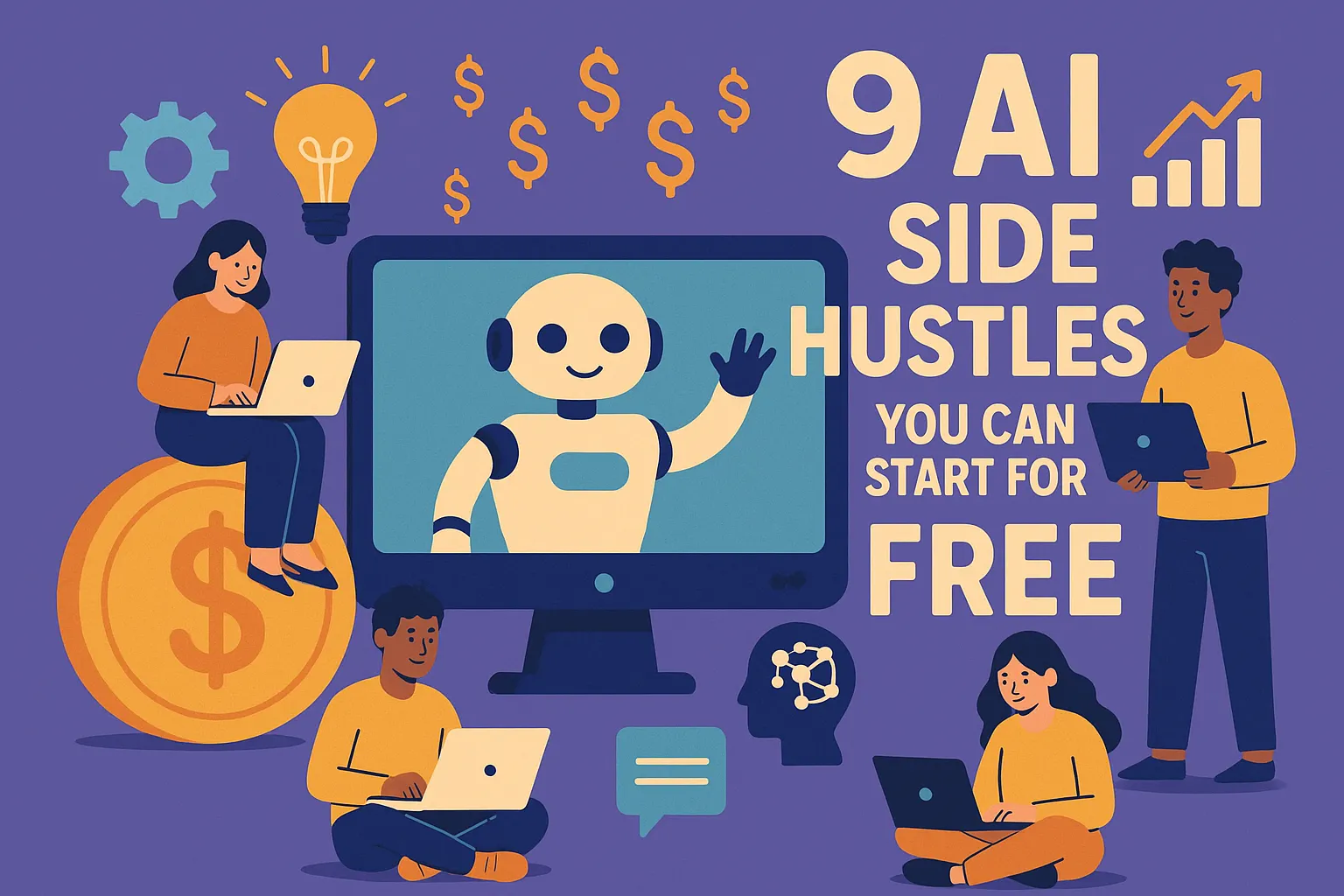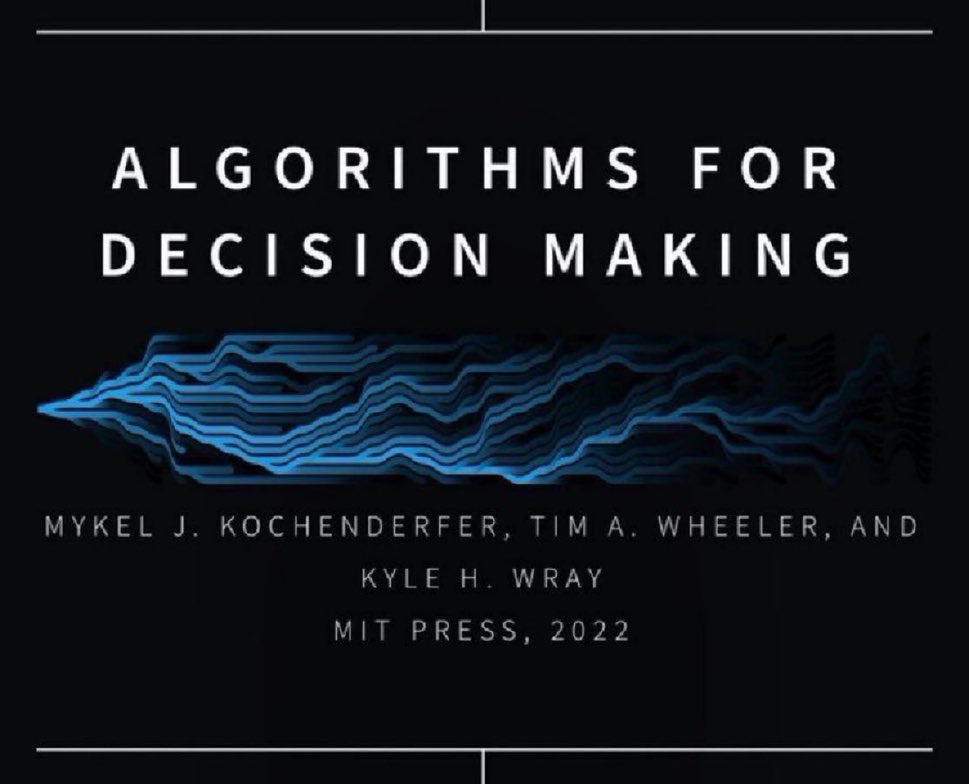As artificial intelligence becomes increasingly woven into the fabric of daily life, parents face a crucial question: How early is too early to expose children to AI technology?
The AI Revolution in Childhood
Seven-year-old Emma asks her smart speaker to play her favorite song, while her nine-year-old brother queries an AI chatbot for help with his math homework. Across town, five-year-old Marcus watches YouTube videos curated by algorithms, and his teenage sister uses AI to help edit her college application essays. This is childhood in 2024—a generation growing up not just with technology, but with intelligent technology that learns, adapts, and responds.
The question isn’t whether our children will encounter AI, but when and how we should intentionally introduce them to it. As parents navigate this uncharted territory, experts are beginning to offer guidance on striking the right balance between preparation and protection.
The Case for Early, Thoughtful Exposure
Dr. Sarah Chen, a developmental psychologist specializing in technology and children, advocates for what she calls “AI literacy” beginning as early as age 5. “We’re not talking about teaching kindergarteners to code neural networks,” she explains. “We’re talking about helping them understand that some of their toys, games, and tools are ‘smart’ in ways that are different from human intelligence.”
This approach mirrors how previous generations introduced children to earlier technological advances. Just as parents once taught children about television, computers, and the internet, today’s parents must help their children understand AI’s capabilities and limitations.
The benefits of early, guided exposure include:
Digital Literacy Development: Children who understand AI early are better equipped to navigate an increasingly AI-driven world. They learn to distinguish between human and artificial intelligence, understanding when they’re interacting with algorithms versus people.
Critical Thinking Skills: Age-appropriate discussions about AI can strengthen analytical thinking. When children understand that recommendation algorithms choose their YouTube videos or that voice assistants have limitations, they develop healthier skepticism about technology.
Future Readiness: Today’s children will enter a workforce where AI collaboration is commonplace. Early familiarity can reduce anxiety and increase competency in future educational and professional settings.
Age-Appropriate Milestones
Educational technologist Dr. Michael Rodriguez has developed what he calls the “AI Readiness Framework” for different developmental stages:
Ages 3-5: Basic Recognition At this stage, children can learn simple concepts like “some computers can talk back” or “some games get smarter as you play.” The goal is basic awareness without overwhelming young minds with complex concepts.
Ages 6-8: Understanding Interaction Children can grasp that they’re having conversations with machines, not people. This is crucial for safety and helps prevent anthropomorphizing AI systems. Simple explanations about how voice assistants work or why their tablet suggests certain games can build foundational understanding.
Ages 9-12: Exploring Capabilities and Limitations Pre-teens can engage with more sophisticated concepts about what AI can and cannot do. They can learn about bias in algorithms, understand why AI sometimes makes mistakes, and begin to think critically about AI-generated content.
Ages 13+: Ethical Considerations and Advanced Applications Teenagers can engage with complex questions about AI ethics, privacy, and societal impact. They can also begin using AI tools for creative and academic purposes while understanding the importance of human oversight and original thinking.
The Cautionary Perspective
Not all experts agree that early exposure is beneficial. Dr. Amanda Foster, author of “Childhood Unplugged,” warns against rushing children into AI interactions. “We’re seeing increased anxiety, shortened attention spans, and reduced face-to-face social skills in children who are heavily exposed to digital technology from an early age,” she argues.
Her concerns include:
Dependency Risks: Children who become accustomed to AI assistance may struggle with independent problem-solving and creative thinking.
Privacy Vulnerabilities: Young children cannot meaningfully consent to data collection that AI systems require to function effectively.
Social Development: Over-reliance on AI interactions could impede the development of human empathy and social skills.
Premature Sophistication: Exposure to AI’s advanced capabilities might create unrealistic expectations about technology and reduce appreciation for human intelligence and effort.
Finding the Middle Ground
Most child development experts recommend a balanced approach that emphasizes intentional, supervised exposure rather than wholesale avoidance or unrestricted access.
Start with Explanation: Before introducing any AI tool, explain what it is and how it works in age-appropriate terms. “This is a computer that can understand what we say and try to help us” is sufficient for younger children.
Model Healthy Interaction: Children learn by watching. When parents interact thoughtfully with AI—asking follow-up questions, fact-checking responses, and maintaining appropriate skepticism—children absorb these habits.
Maintain Human Priority: Ensure that AI tools supplement rather than replace human interaction and learning. A voice assistant might help with a spelling question, but parents should still read bedtime stories.
Create Tech-Free Zones: Establish spaces and times where AI and digital technology are not present, allowing children to develop non-digital skills and relationships.
Ongoing Dialogue: Make AI literacy an ongoing conversation rather than a one-time lesson. As children mature, discussions can become more sophisticated.
Practical Guidelines for Parents
For Younger Children (3-8):
- Use voice assistants for simple, factual queries together
- Play age-appropriate AI-powered educational games with supervision
- Explain when you’re using AI tools like maps or translation apps
- Emphasize that AI helpers are tools, not friends
For Older Children (9-15):
- Introduce AI writing assistants for brainstorming, not final work
- Discuss algorithmic bias using examples from their favorite platforms
- Practice fact-checking AI-generated information together
- Explore creative AI tools like image generators while discussing authorship
For All Ages:
- Prioritize privacy-conscious AI tools designed for children
- Regularly review and discuss their AI interactions
- Encourage questions about how AI systems work
- Balance AI exposure with non-digital activities and learning
Looking Ahead
As AI technology continues to evolve rapidly, parenting approaches must remain flexible. The children growing up today will likely interact with AI systems far more sophisticated than current technology, making early AI literacy increasingly important.
The goal isn’t to raise little AI experts, but rather to cultivate thoughtful, critical users who can harness AI’s benefits while maintaining human judgment, creativity, and connection. Like teaching children to swim before they encounter deep water, introducing AI concepts early and appropriately may be the best way to ensure they can navigate the digital currents ahead.
The question isn’t whether our children will live in an AI-enhanced world—they already do. The question is whether we’ll prepare them to thrive in it thoughtfully, safely, and authentically. The answer to when we should expose our children to AI may ultimately be: carefully, intentionally, and sooner than we think.
As AI continues to reshape society, ongoing research into child development and technology will undoubtedly refine these recommendations. Parents are encouraged to stay informed and adapt their approaches as both their children and AI technology mature.




